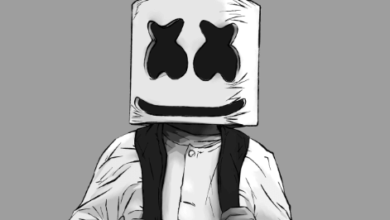
The art of drawing rockets transcends mere representation, merging technical precision with creative interpretation. Aspiring artists must grapple with the complexities of form and perspective to achieve authenticity in their illustrations. By examining both historical and modern rocket designs, one can uncover a wealth of inspiration that speaks to themes of innovation and human aspiration. However, the journey to mastering these techniques poses unique challenges, prompting a closer look at the methods that can elevate one’s craft. What strategies might prove essential for beginners navigating this intricate landscape?
Techniques for Rocket Illustration
To create accurate and visually appealing rocket illustrations, artists must employ a variety of techniques that encompass both geometric precision and an understanding of aerospace design principles.
Effective perspective techniques enhance depth and realism, while strategic color choices can evoke emotion and highlight structural features.
Mastery of these elements enables artists to convey the essence of rocket design, fostering a sense of freedom and exploration.
See also: Drawing:K7otkxxtlgi= Hamster
Sources of Inspiration
Artists frequently draw inspiration from a diverse array of sources, including historical rocket designs, contemporary aerospace innovations, and the broader themes of space exploration found in literature and media.
Additionally, childhood memories of stargazing, building model rockets, and engaging with science fiction can profoundly impact an artist’s perspective. This influence fuels creativity and encourages imaginative interpretations of rocket illustrations within the vast context of human curiosity and aspiration.
Tips for Beginners
Mastering the fundamentals of rocket drawing requires a keen understanding of form, proportion, and perspective, enabling beginners to accurately depict the intricate details and dynamic structures of these complex vehicles.
Utilizing basic materials such as graphite and paper, beginners should engage in targeted sketching exercises that emphasize observation and practice, facilitating the development of essential skills necessary for effective and expressive rocket illustrations.
Conclusion
In conclusion, the art of rocket illustration requires a balanced approach that merges technical skill with imaginative insight.
According to a report by the National Aeronautics and Space Administration, over 80% of recent rocket designs have incorporated advanced materials that enhance efficiency and performance.
This statistic underscores the importance of understanding both historical and contemporary influences in rocket design.
Mastery of techniques and sources of inspiration is essential for creating compelling illustrations that reflect the dynamic nature of space exploration.




